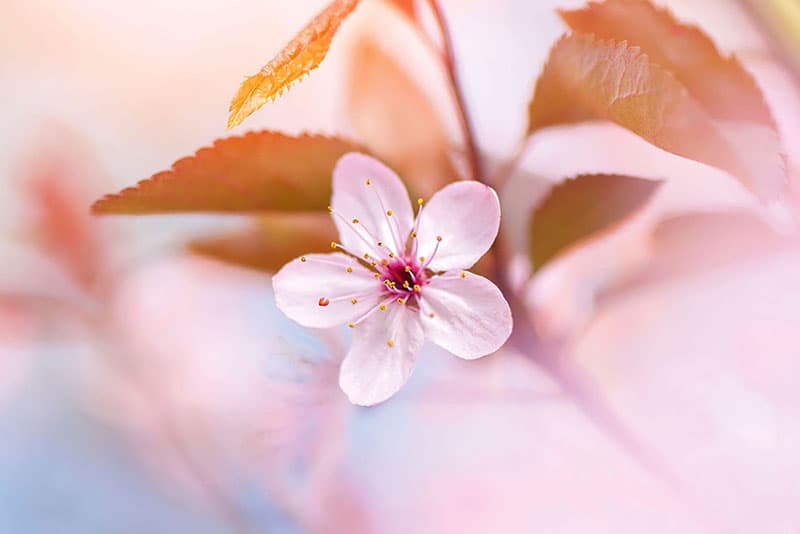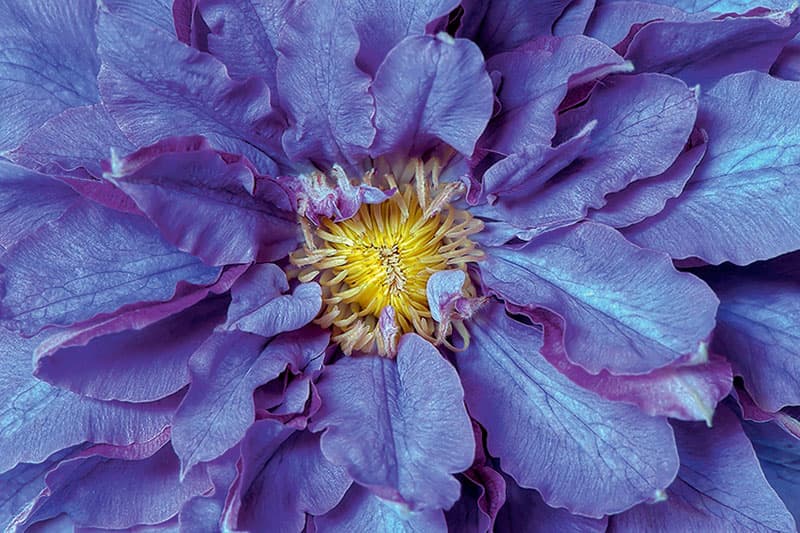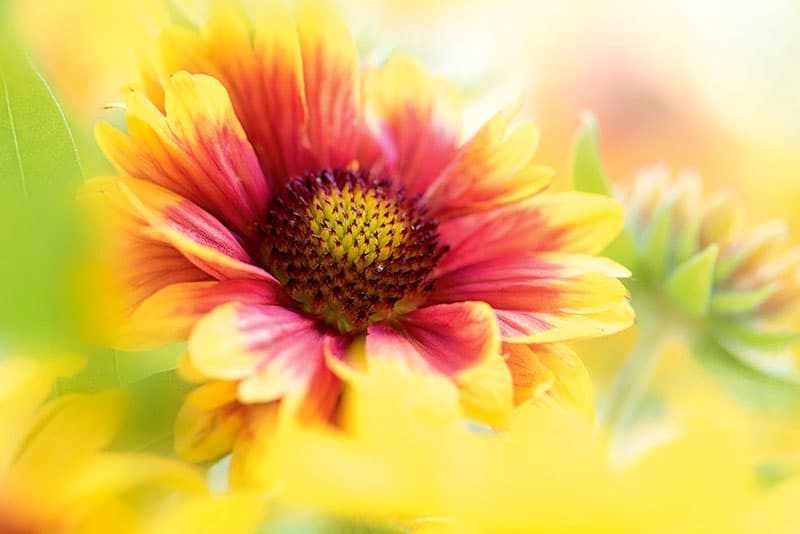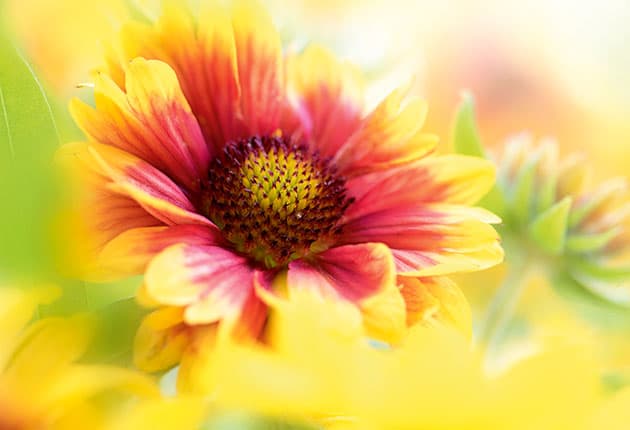Despite being married to a photographer for over 30 years, I only took an interest in this art form about 12 years ago while studying for a diploma in horticulture. I recently moved to the beautiful New Forest in Hampshire, where I am creating a garden based around my photography and planting a number of rare and unusual plants and specimen trees. The most important criteria for my work is lighting. During the spring, I love the early morning soft light and dewy atmosphere, and during the autumn months I prefer the warm sunset glow of the late afternoon light. I like to get ‘down and dirty’ with the plants and immerse myself with nature.

Credit: Jacky Parker
1. Use a beanbag
It’s not always possible to lie down, so a small beanbag is another useful piece of kit to rest the camera on when shooting low to the ground. Cameras that have a tilting LCD, such as my Nikon D750, come in very handy for low-level shooting.
2. Go off-piste
We all know of certain woodlands where there are usually more photographers than flowers. Try to go ‘off-piste’ and find isolated areas around fallen trees. The wood anemone is quite often overlooked as it is usually hidden among leaf litter in the spring, yet it’s one of my favourite spring woodland plants.
3. Prepare and respect
Wear suitable clothing. Getting among plants can be a dirty business, so dress appropriately. If you are shooting in public woodland please be careful when using a groundsheet. I have seen extensive damage to carpets of bluebells where photographers have flattened the flowers.

Credit: Jacky Parker
4. Use a wide aperture
To isolate the subject from its surroundings, I nearly always shoot with a wide aperture of f/2.8 or wider. With careful composition this can create soft colours in the background and foreground when shooting through the foliage.
5. Use a reflector
An essential piece of my kit is a small eight-inch reflector. Not only do I use it as a reflector, it acts as a diffuser for bright sunlight and even as a cover to protect the plant during light rainfall. If I am unable to handhold it I use a plamp or clothes peg attached to a log/branch.
6. Use a polariser
A polarising filter can sometimes be useful to add crispness to the vibrant colours and detail in the sky if that is going to be part of the composition, such as when doing a worm’s-eye view.

Credit: Jacky Parker
7. Focus stacking
Rather than closing down the aperture, focus stacking is a great technique to achieve a macro image with a large depth of field. This involves using a tripod and taking several images on a wide aperture, altering the point of focus slightly each time and merging them into one image using software such as Helicon Focus.
8. Use a plamp
A plamp is a useful tool for keeping unwanted foliage out of the shot without damaging it. The plants I’ve grown in my garden I will prune and move to an area of better light or background.
9. Backlight
The delicacy of flowers, particularly when shooting macro, can be best conveyed with careful backlight. Some flowers are so delicate and transparent I sometimes have to use reflected backlight to see all the detail, although sun flare can also add drama to the image.

Credit: Jacky Parker
10. Consider the foreground
Often, we concern ourselves with the background so much that we overlook the importance of the foreground. By getting down low to ground level with a subject, such as crocuses, a very simple trick is to shoot through some out-of-focus foliage or grass to instil depth into the picture.








